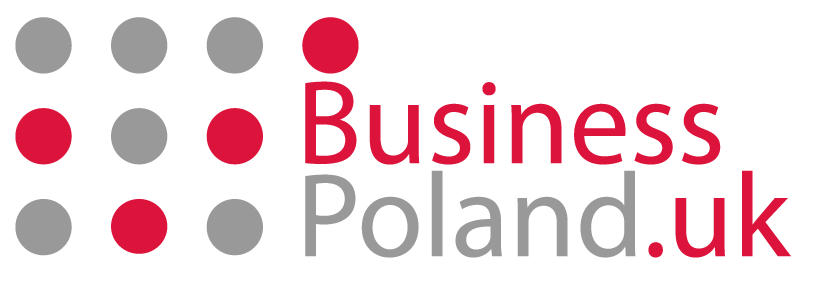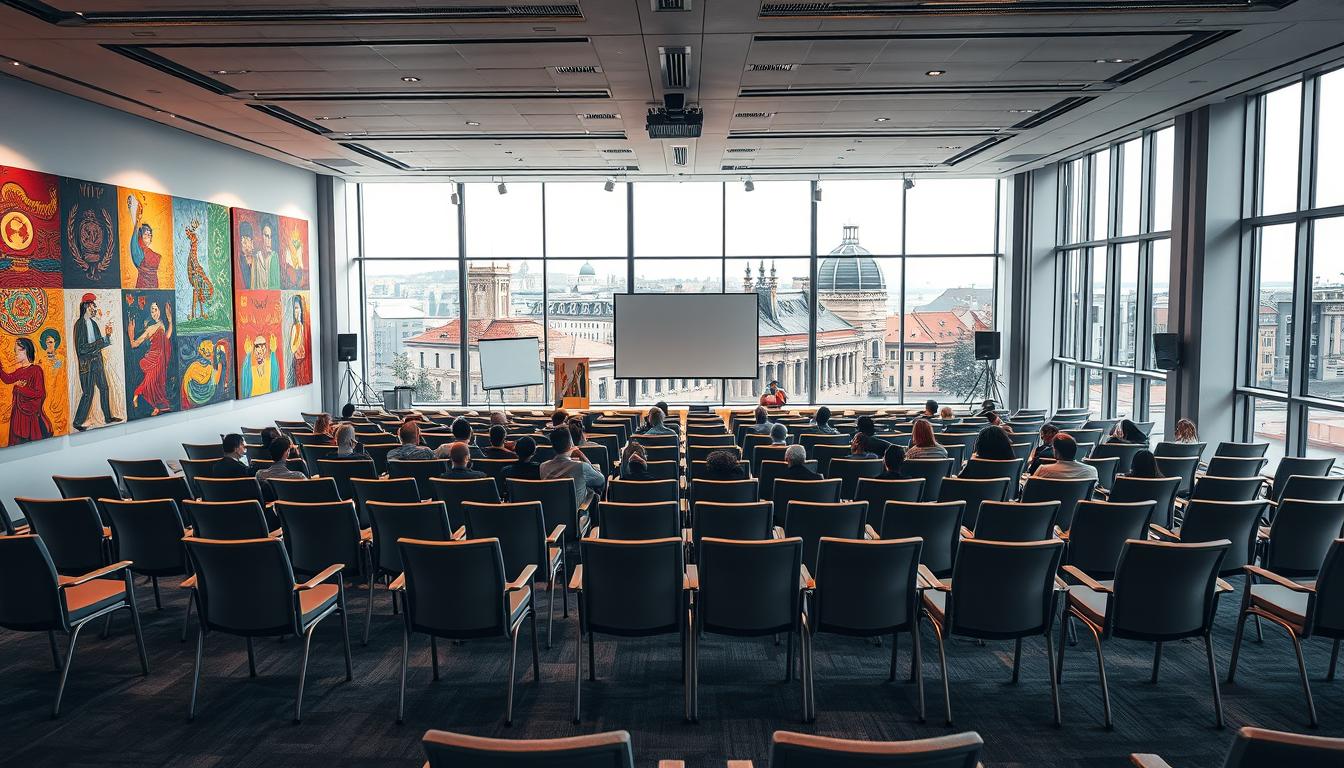In today’s world, cross-cultural training is more important than ever. At LerriHost, we focus on creating training that fits Poland’s unique culture. Our goal is to improve communication and teamwork across different cultures.
We make special materials that teach and engage people in a way that feels right to them. Our aim is to connect cultures and boost global teamwork.
The Importance of Cross-Cultural Training
In today’s world, cross-cultural training is key. It helps us understand and value different cultures. This makes our workplaces more diverse and inclusive.
It teaches us to see things from different viewpoints. This way, we all work better together. It boosts our team’s performance.
Knowing about cultural differences helps us talk better with each other. This reduces misunderstandings in diverse teams. A welcoming workplace makes employees happy and improves how we serve customers.
When everyone feels respected, we work together more smoothly. This leads to better results for everyone.
To show how cross-cultural training helps, let’s look at a table:
| Benefit | Description |
|---|---|
| Enhanced Teamwork | Teams that receive cross-cultural training work better together by understanding each other’s backgrounds. |
| Improved Communication | Training helps individuals learn how to communicate respectfully and effectively across cultures. |
| Increased Productivity | Effective teamwork and communication foster increased overall productivity within organisations. |
| Better Workplace Culture | Diversity and inclusion initiatives create a more positive and vibrant workplace atmosphere. |
Understanding Polish Culture in the Global Context
To really get Polish culture, you need to look at its history and society. For centuries, Poland has been shaped by many influences, conflicts, and changes. This has created a culture full of traditions and values.
Family, education, and community are big in Poland. These values shape how people interact. In Poland, being friendly and building relationships is key.
Business in Poland is formal. Trust is built before deals are made. Knowing this helps us understand Polish culture better. It also helps businesses create training that works in Poland.
Key parts of Polish culture are:
- Historical Influences: Poland’s past, with its wars and changes, has made its people strong and adaptable.
- Social Norms: Poles value straight talk and use body language a lot, which can be different from other cultures.
- Values: Tradition is very important, seen in national holidays and family events.

To do well in Poland, you need to understand its culture. Training that shows respect for these values helps a lot. It’s great for working with Polish people or businesses worldwide.
Development of Proprietary Cross-Cultural Training Materials
Creating training materials for Poland needs a deep understanding of its culture. We focus on the cultural nuances that shape interactions in Poland. This makes our resources resonate with participants.
Working with local insights adds authenticity and relevance. This approach makes our training both informative and practical for everyday use.
Identifying Cultural Nuances in Poland
To meet Polish professionals’ needs, we must first understand their cultural nuances. Communication styles, values, and business etiquette are key. These elements shape how they interact with each other and with the world.
By grasping these, we can create training that tackles specific challenges. This ensures our materials are relevant and effective.
Incorporating Local Insights into Training
Adding local insights to our training makes it more effective. We work with Polish culture experts to ensure our content is real and relevant. This collaboration enriches the training and strengthens the connection between participants and the material.
By creating a framework based on reality, we prepare learners for complex interactions. This equips them with the skills needed in their work environments.
| Cultural Aspect | Nuance | Implication in Training |
|---|---|---|
| Communication Style | Directness | Encourage clear, straightforward dialogue. |
| Business Etiquette | Formal Greetings | Emphasise proper introductions and etiquette. |
| Work Ethos | Value of Punctuality | Highlight importance of timeliness in collaboration. |
Assessing the Needs of Your Audience
Before we start making training materials, we need to understand our audience well. We must do a thorough audience needs assessment. This helps us know what our audience already knows, their cultural backgrounds, and what they need to learn.
Surveys and focus groups are great ways to get this information. They help us understand what our audience needs to improve their cultural awareness.
By finding out what they don’t know, we can make our training better. We use different methods to check what our audience needs, such as:
- Surveys to collect data on how well they know cultural topics.
- Focus groups for discussions on cultural experiences and what they expect to learn.
- Interviews for detailed insights into what each person needs to learn.
With this knowledge, we can create training that really speaks to our audience. This makes our training more engaging and effective.

Designing Engaging Training Content
Creating training content that grabs attention needs careful planning. We use many techniques to make content engaging. This ensures participants are active and understand more.
We focus on different learning styles to use multimedia and interactive methods well. This approach helps everyone learn better.
Utilising Multimedia for Effective Learning
Using videos, animations, and infographics makes learning fun. These elements help both visual and auditory learners. They make hard ideas easier to grasp.
By telling stories through multimedia, we make learning more exciting. This way, participants feel a connection to the material.
Creating Interactive Workshops and Simulations
Interactive workshops boost teamwork and practical skills. We design activities that promote collaboration and problem-solving. This way, participants can really get involved.
Simulations offer real-life scenarios for practice. Learners can try out skills in a safe space. This boosts their confidence and retention.
Incorporating Feedback into Training Resources
Feedback is key to making our cross-cultural training better. By listening to what participants say, we can make our training more effective. We use surveys and interviews to get this feedback.
By evaluating our training, we find out what works and what doesn’t. Surveys give us numbers, while interviews offer deeper insights. This helps us understand how our training is received.
This ongoing process makes our training more relevant and responsive. By valuing feedback, we can meet the needs of all our learners. This improves the quality of our training.
Utilising Technology for Enhanced Learning Experiences
In today’s world, technology is key in making learning better. E-learning tools let us access lots of information and training anywhere. They help share knowledge and keep everyone involved.
Virtual learning environments are great for working together and sharing ideas. They let us create experiences that fit different learning styles. Features like quizzes, forums, and workshops make learning fun and effective.
Using technology makes training easier to get to. People can learn from anywhere, without being in the same place. This makes learning more engaging and flexible, fitting to each person’s learning speed.
By using technology, like e-learning tools and virtual environments, we change how we learn. It makes our training better and more effective. Embracing these new ways helps us improve our learning resources.
Leveraging Local Expertise for Authenticity
We know how important local experts are in making our training materials real. They share their deep understanding of Polish culture with us. This helps us make sure our training is true to the culture.
Working with these experts lets us tap into local customs and traditions. We learn about social details that might be missed. This makes our training better and more accurate.
Using local professionals makes our training more believable. People learn from real local practices and views. This helps them understand and value cultural differences better.
| Local Expert Contributions | Impact on Training Materials |
|---|---|
| Insights into local customs | Enhances relevance and relatability |
| Understanding regional dialects | Improves communication effectiveness |
| Knowledge of historical context | Provides depth and accuracy |
| Identification of cultural misunderstandings | Mitigates risks in multicultural interactions |
In conclusion, using local experts makes our training better and more authentic. It helps us teach cross-cultural communication effectively. By working with them, we create a more welcoming and understanding training space.

Evaluating the Impact of Cross-Cultural Training
It’s vital to check how well cross-cultural training works. We use different ways to see if it’s effective. This helps us make the training better for the future.
There are many ways to check if training is working. We can see how much people remember and if they change their ways. This helps us know what’s working and what’s not.
By using numbers and words, we get a full picture. Numbers tell us how many people got it right. Words tell us what people really think and feel.
To show how we do it, here’s a simple plan:
| Evaluation Method | Focus | Tools |
|---|---|---|
| Pre-training assessments | Baseline knowledge | Surveys, quizzes |
| Post-training evaluations | Knowledge retention | Surveys, quizzes |
| Behavioural assessments | Changes in behaviour | Observation, feedback |
This method helps us see what’s working and what’s not. It shows us how to make our training even better.
Continuous Improvement of Training Materials
In cross-cultural training, always improving is key to success. We keep our training up-to-date and effective. This starts with regular updates that meet the changing needs of learners and the world.
By regularly checking our content, we learn what works and what doesn’t. This feedback helps us make our training better. We aim to create a learning space that is always adapting and improving.
It’s vital to keep up with cultural shifts. Adding new insights to our materials makes them more useful. This ongoing effort keeps our training relevant and valuable to our audience.

Promoting Your Cross-Cultural Training Resources
Getting the word out about our cross-cultural training is key to its success. We use digital marketing to reach more people. This way, we make sure everyone knows about our custom training options.
We also use social media to our advantage. Sites like LinkedIn, Facebook, and Twitter help us connect with professionals and businesses. We share interesting content that shows off our training’s benefits, encouraging people to share it.
Working with local groups is another big part of our plan. Team up with companies that believe in what we do, and we can reach more people. This helps both sides, making everyone happier.
| Marketing Strategy | Focus Area | Expected Outcome |
|---|---|---|
| Social Media Campaigns | Awareness and Engagement | Increase in inquiries about training resources |
| Collaborative Partnerships | Network Expansion | Access to new audiences |
| Email Newsletters | Direct Communication | Enhanced client retention |
| Webinars and Events | Interactive Learning | Increased interest in training programmes |
We keep improving our methods to make our training more visible and effective. This way, we get more people interested and happy with what we offer.
Future Trends in Cross-Cultural Training
Looking ahead, cross-cultural training must adapt and innovate. Technologies like artificial intelligence are changing how we train teams. They help us understand what each learner needs, making training more personal.
The use of virtual reality (VR) is also changing training. It creates real-life scenarios for learning. This makes learning more engaging and effective. At LerriHost, we aim to lead in these new methods, making our training both relevant and groundbreaking.
As we move forward, working together with other companies is key. Sharing knowledge helps us tackle cultural challenges better. By staying ahead in training, we prepare individuals and teams for success in a changing world.







